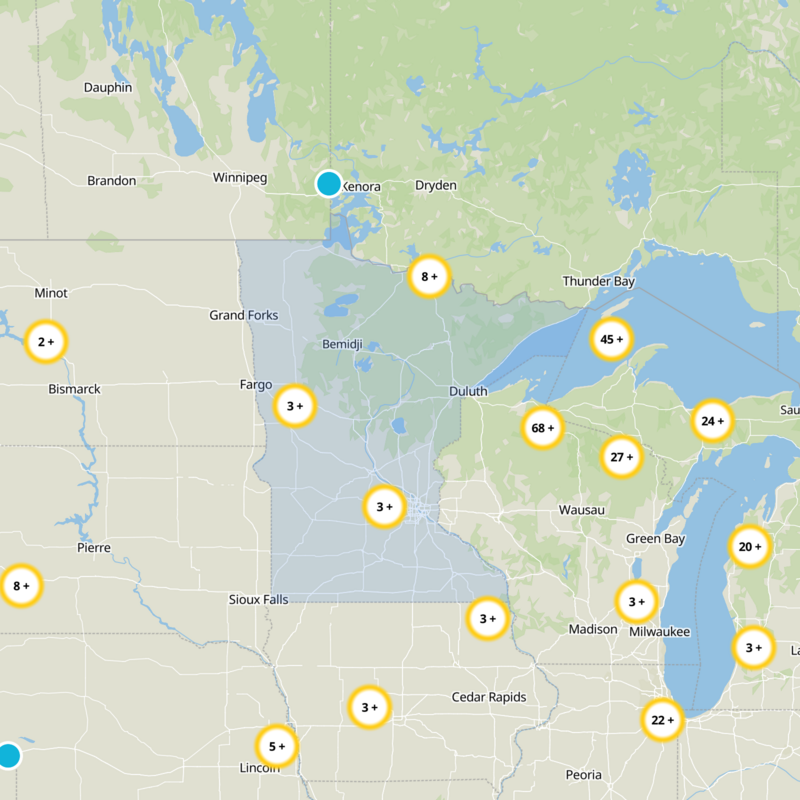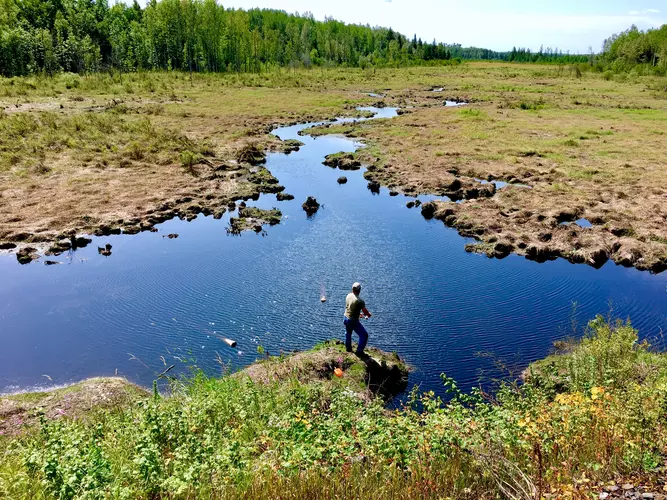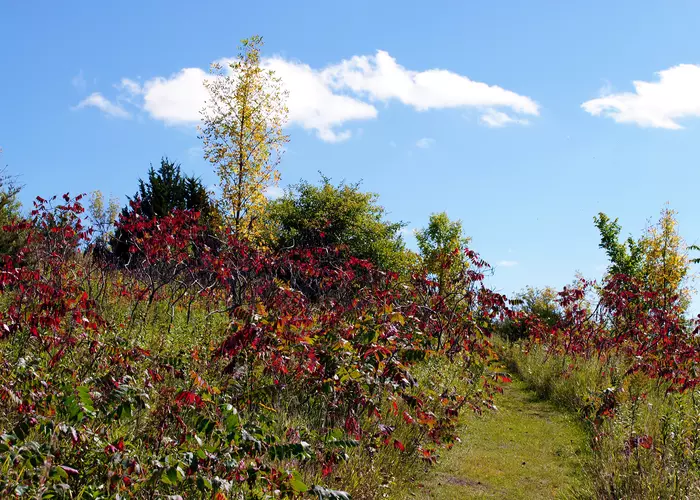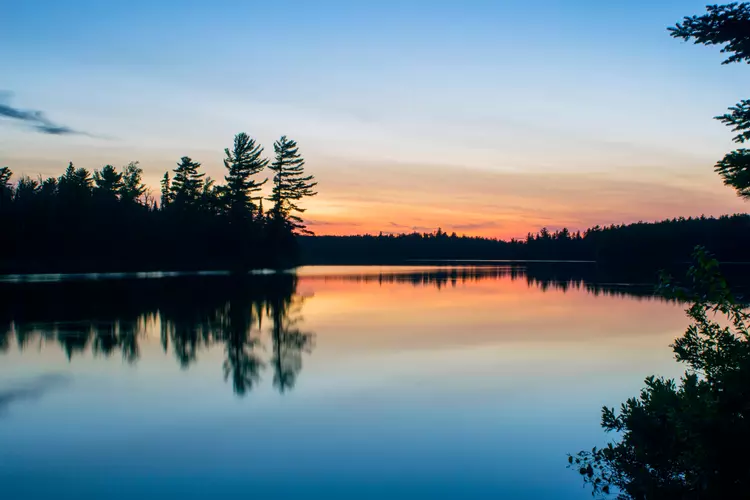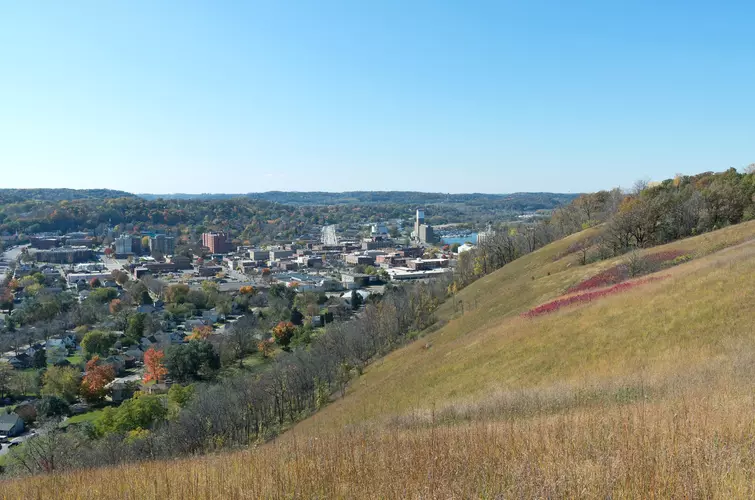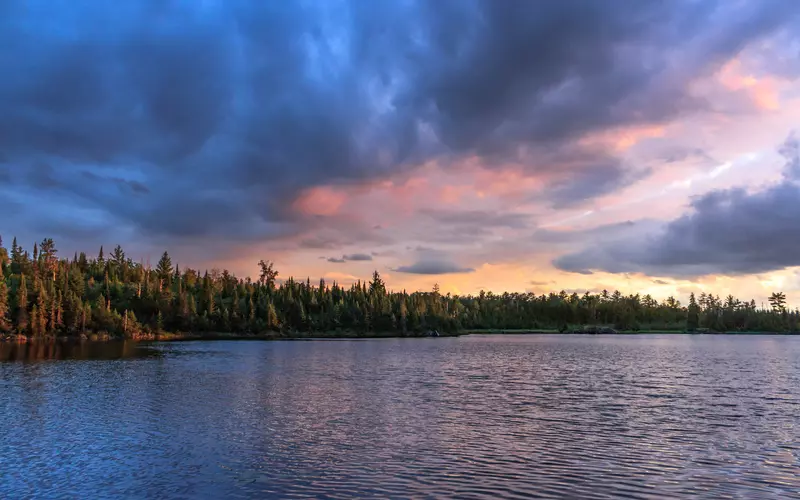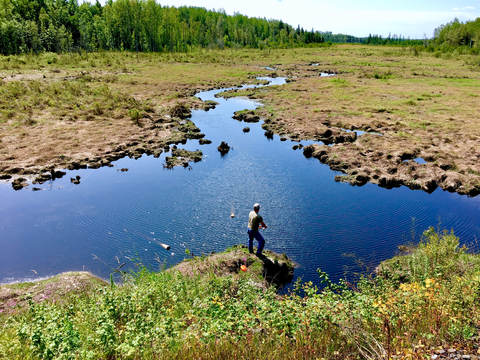"Minnesota's trails offer breathtaking vistas, serene escapes, and diverse adventures for nature enthusiasts."
Minnesota, the Land of 10,000 Lakes, offers hikers a mesmerizing blend of lush forests, serene lakeshores, and rugged bluffs. Explore the iconic Superior Hiking Trail, where sweeping views of Lake Superior and vibrant fall foliage captivate the soul. Wander through the Boundary Waters Canoe Area Wilderness for a tranquil escape into pristine nature. Discover hidden waterfalls at Gooseberry Falls State Park and the diverse wildlife of Itasca State Park. Minnesota's trails promise adventure and serenity for all.
Most popular hikes
FAQs about hiking in Minnesota






More hikes in Minnesota
by type
